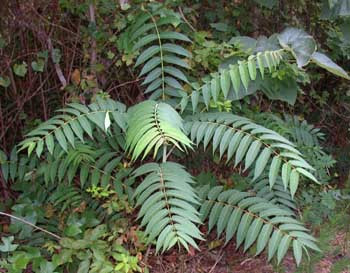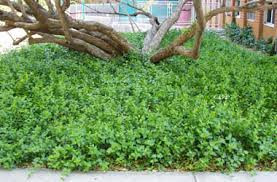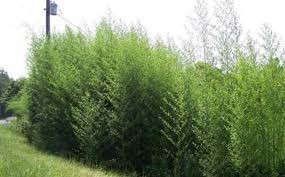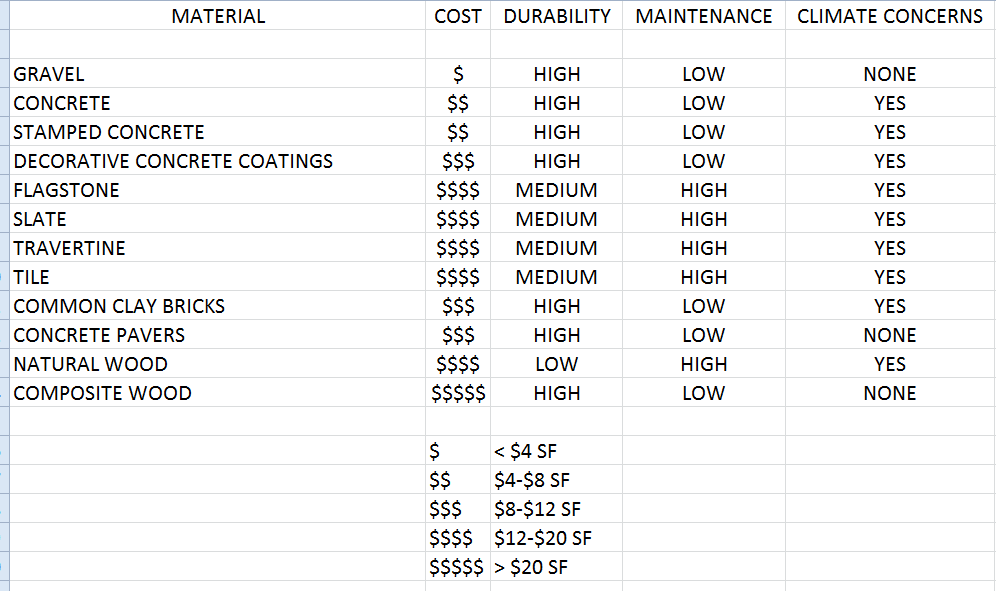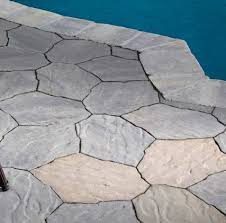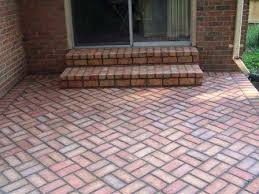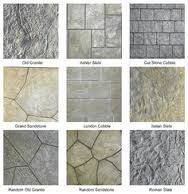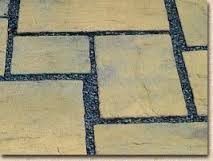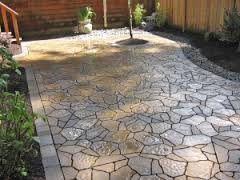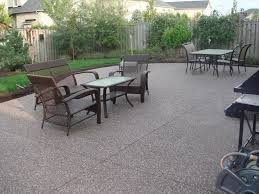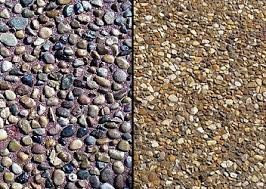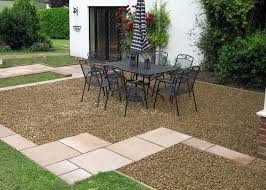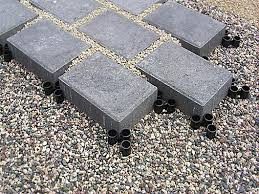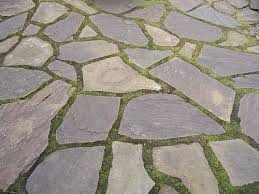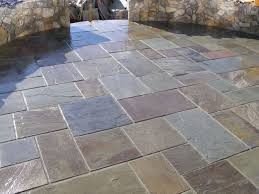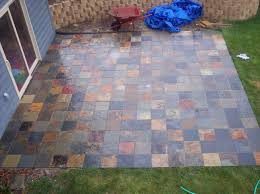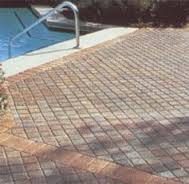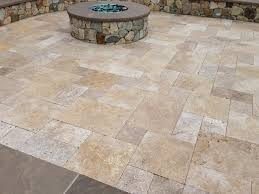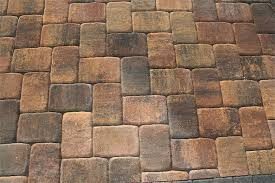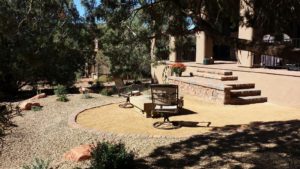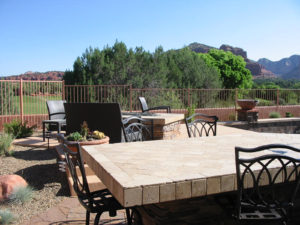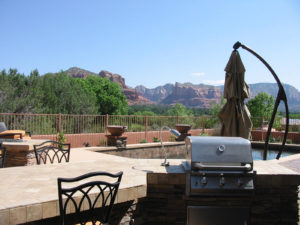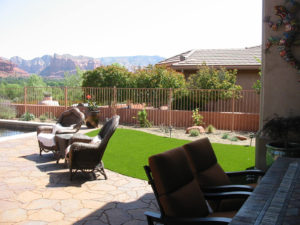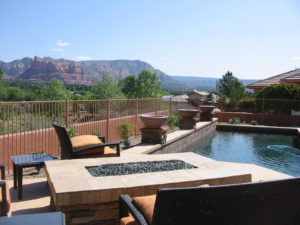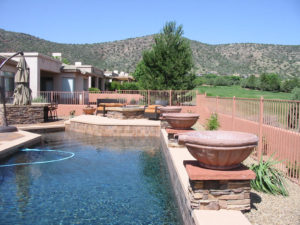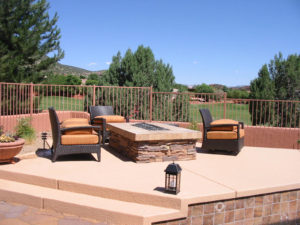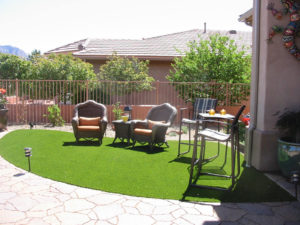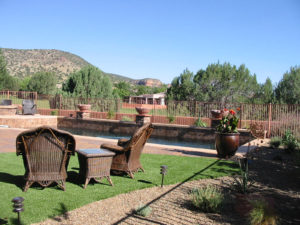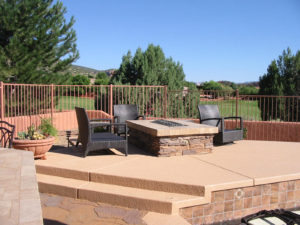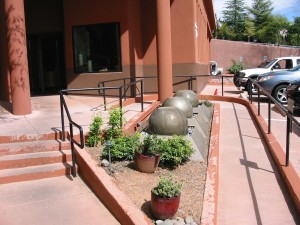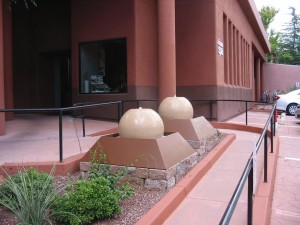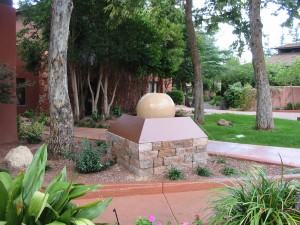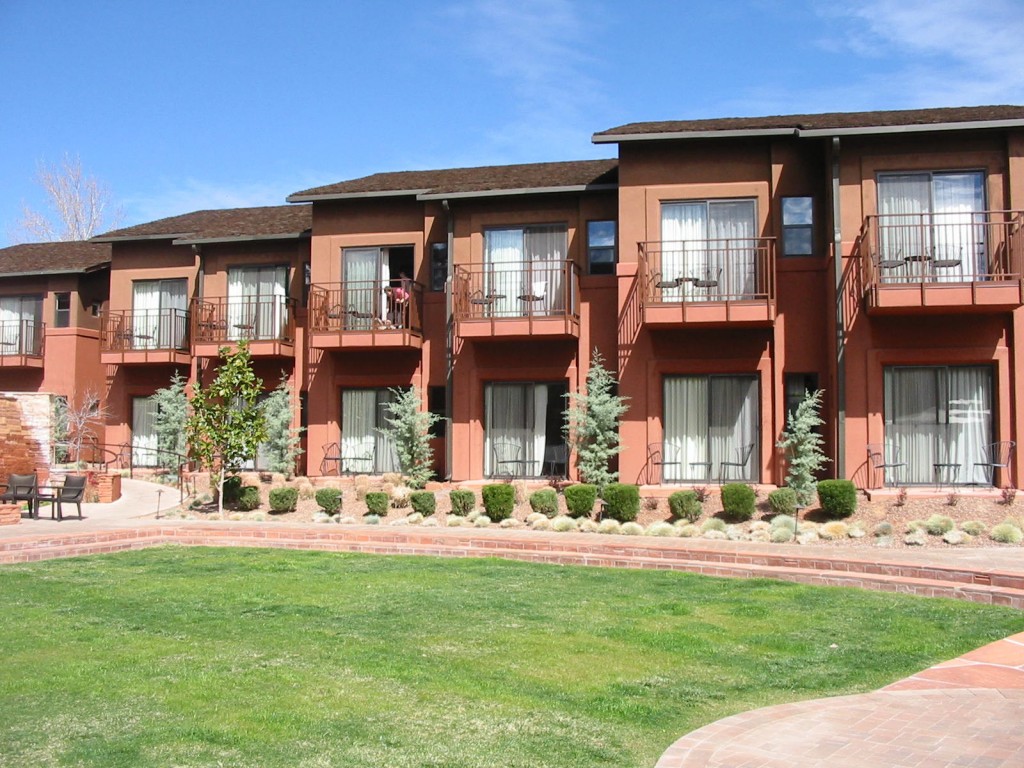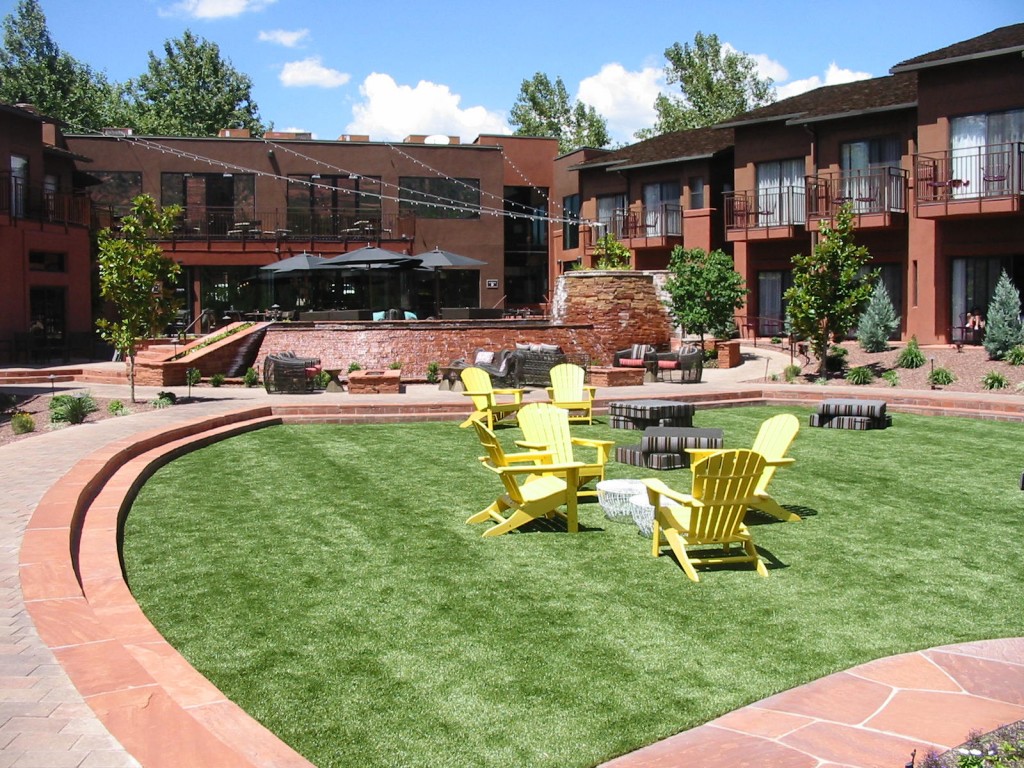There are two species of plants in the Sedona area that top the list for invasive species and they are the Tree of Heaven and Vinca which is a ground cover. The difference is that nobody deliberately plants Tree of Heaven, however Vinca is widely available at nurseries and is planted often.
Plants that grow out of control or spring up in unwanted spaces are a nuisance to the average gardener. Naïve homeowners who plant these species in the first place unknowingly are creating a potential maintenance headache. Some of these invasive species are so difficult to eradicate completely, that only containment is possible.
The Tree of Heaven or Alianthus is one of the worst culprits to fit the category of invasive plants of Sedona. It is also invasive across the entire United States and is extremely difficult to kill, let alone keep under control. It spreads from seeds that are so prolific and blow through an area, easily germinating in almost any conditions. Once it takes hold, it starts what is called a “colony”.
There are chemicals that are used to both spray the foliage as well as to inject or spray into a wedge cut into the trunk. Personally, I have tried using RoundUp on some small seedlings, but all that does it cause the leaves to wither and not really kill it down to the root. Best way to control young Tree of Heaven is to remove the entire plant. Knowing what these look like is important so if one pops up in your yard, you should remove it right away.
Vinca major, also called Periwinkle is an evergreen ground cover that likes shady areas and can be seen all over Oak Creek canyon under the shade of the Sycamores and Pines that line the canyon. In a garden, it can quickly take over by sending out new runners and rooting along the way. The good thing is the roots are not that difficult to remove and a patch out of control can be removed or contained provided you pay attention and spend the time to do it.
Another invasive plant of Sedona that I see much of is the Trumpet Creeper. Having an orange tubular flower in spring and summer, it is a popular deciduous vine that clings to walls. The problem is it seems to like to spread underground as well. It spreads like it has rhizomes for a root system. Fortunately, Trumpet Creeper does respond to RoundUp. I would not plant this plant in the first place though. It is perhaps better used as a container plant against a fence or wall.
Bamboo Horror Stories
Bamboo is a type of grass spreading by rhizomes that stem out from the mother root rhizome mass. Some are considered “clumping” while others are “running” types. For a thick screen, many people opt to plant the running kind because it will spread and fill in gaps better than the clumping varieties. The problem with the running bamboo is when a shoot comes up in a spot you don’t want it to. But it can be controlled by simply cutting the rhizome. Enough space must be given to allow the running bamboo to spread. The problem is not understanding how bamboo rhizomes grow and not paying attention.
Typically, the only bamboo you will see for sale in the Sedona area is Golden Bamboo or Phyllostachus aurea which does well in our Zone 7 climate. Bamboo is usually planted to create a screen. Golden bamboo typically reaches about 12 feet high. Planted along a property line or fence can be risky if it is not contained with a rhizome barrier. You wouldn’t want it popping up in your neighbor’s yard and answer to their complaints. Therefore, it is best to be prudent and do provide some kind of containment or barrier to the boundaries that you would like the bamboo to spread and cover. Thick plastic material that comes is rolls 24″ wide is available specifically for the purpose of containing bamboo or other root systems. The key is to not ignore the growth of your bamboo, rather keep an eye on it so that you will notice any new shoots popping up where you dont want them and then can easily cut the rhizome. The reason bamboo is feared is that most people plant it and forget about it until it is too late to be easily controlled.
Heavenly Bamboo (Nandina domestica) is an alternative that does not spread and would have to be planted fairly close together to provide a screening effect. If you like bamboo because of its Asian theme, consider planting it in containers in groups, otherwise do use a rhizome barrier and keep an eye on it.
Research Before you Buy
Many homeowners may the common mistake of buying the pretty plant at the nursery because of its flower and general form whether it’s a shrub, ground cover, vine or tree. Think about this: why would a vendor selling a plant at a retail nursery put a description on the plant label that it is invasive? Of course it would put up a red flag and discourage the sale. Descriptions about the characteristics of plant growth are best researched online or in a good gardening book such as Sunset Western Gardening. There you will find objective useful information whether a plant is considered invasive or not.
